Technically, you don't "play" the VCAs. But what does happen is that you work with the control and/or modulation sources connected to them in order to control either audio or CV/modulation levels. It's sort of like how you also don't "play" a sample and hold...the sample and hold is what "plays" other things instead.
The entire point of the voltage-controlled synthesizer is to put many different electronic music functions under a fairly minimal set of controls, and this goes back to both Buchla's and Moog's original concepts. The idea is that if you press a key (more typical in a Moog system), you can control pitch and duration, but also trigger other circuits such as envelope generators, etc with the same key-press gesture. So, if you wanted to create a neat lead sound with some VCO sync sweeping, a nice rubbery filter sound, and a slowly-building vibrato, you'd connect up the controller's CV output with the VCOs and VCF, then set up a few envelope generators...one to do the VCO2 sweep, one to get the filter contour, and a third for controlling the slow-rise on a linear, DC-coupled VCA that's passing an LFO to VCO1. Oh, and you'd probably also want to mult up the VCF envelope to yet another VCA (exponential in this case) to contour the sound's level. And this is all on one keypress.
And why? Well, prior to the development of this, electronic music was a massive PITA to work with, and Herb Deutsch (on the East coast) and the composers at the San Francisco Tape Music Center (West coast, natch) asked Bob Moog and Don Buchla (respectively) to come up with some sort of solution to simplify and power up these processes through some sort of technological solution. In short, they were trying to get to a point where it was possible to do less for more results, and both cases here were successful. But the thing they were trying to avoid was where you address every...single...frickin'...control...one...at...a...time in order to arrive at a result. So the point of a synthesizer's controls isn't that they're necessarily supposed to be performance controllers, but that when you can bring several aspects of control into play, you have the ability to make adjustments when needed, and let your controller systems do the heavy lifting.

